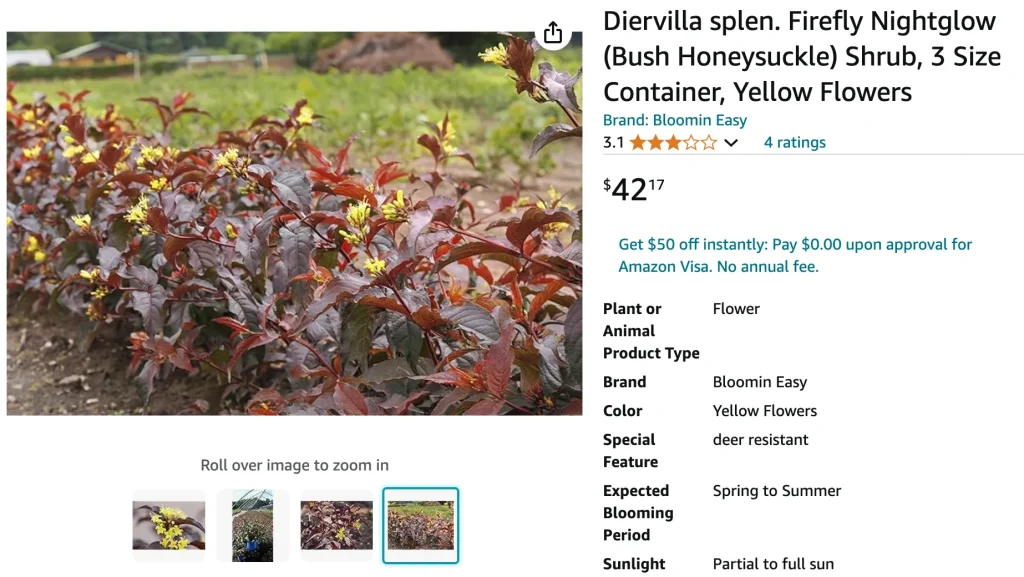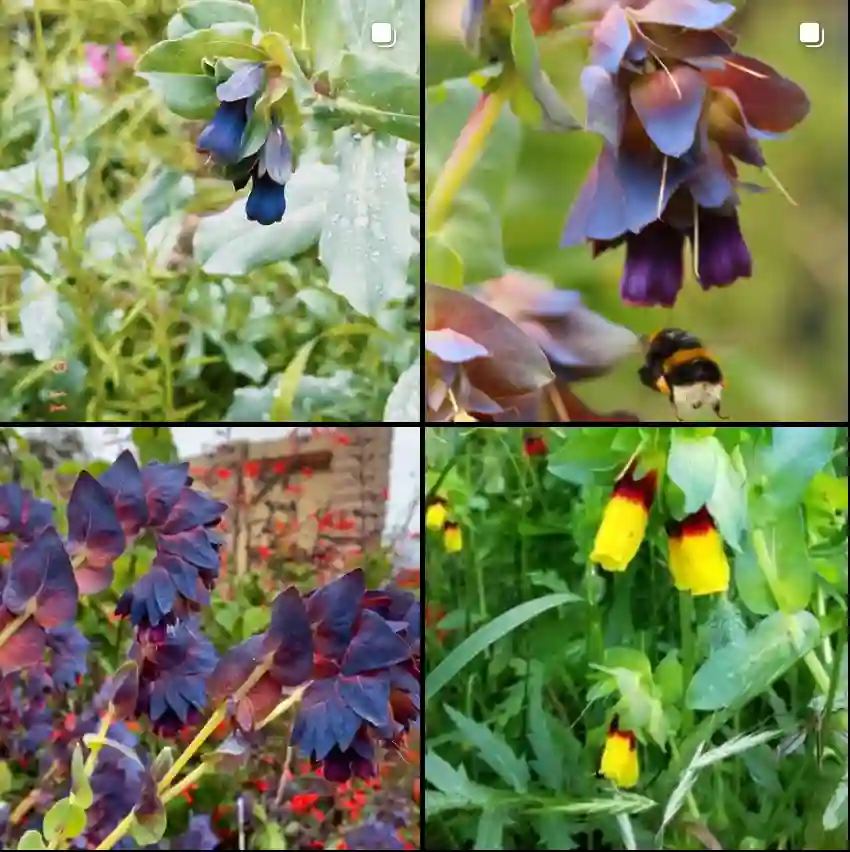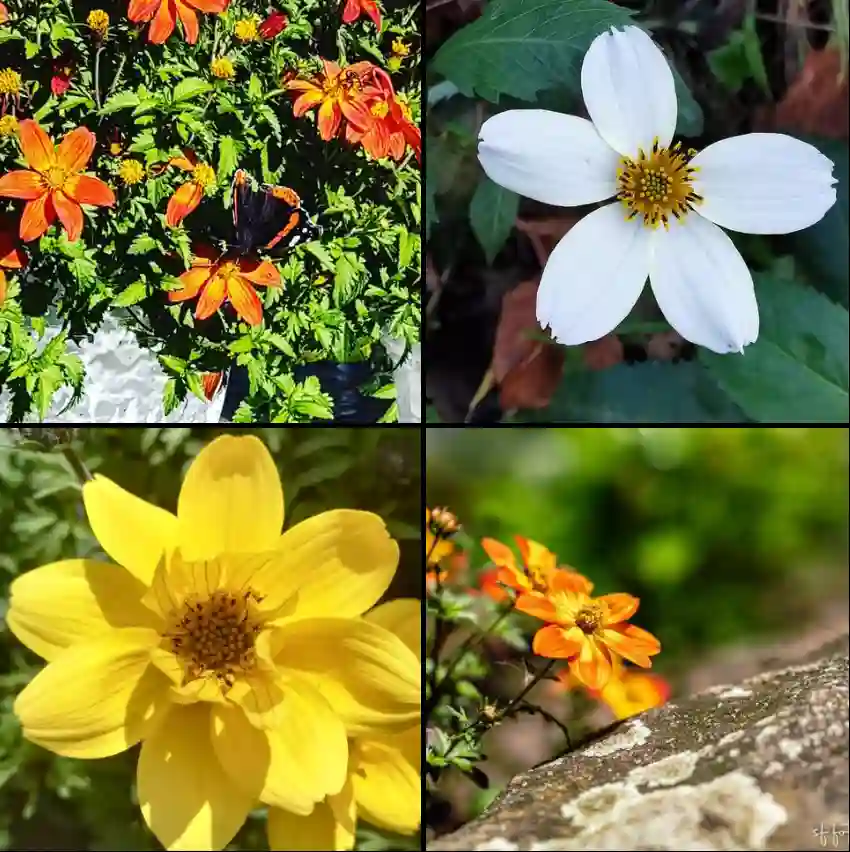
FAQs About Diervilla Nightglow: My Experience and Tips
As a gardening enthusiast, I’ve had the pleasure of growing various plants, but Diervilla Nightglow has become a favorite in my garden. Its striking foliage and vibrant blooms add a unique touch to any landscape. Over time, I’ve encountered several frequently asked questions about this plant, and I’d like to share my experiences and insights with you.
3 Species in Genus Diervilla
What Is Diervilla Nightglow?
Diervilla Nightglow is a cultivar of Diervilla, commonly known as bush honeysuckle. This deciduous shrub is renowned for its dark, burgundy-red foliage and bright yellow flowers. The contrast between the leaves and blooms is stunning, making it a standout in any garden. Unlike the invasive honeysuckles, Diervilla Nightglow is non-invasive and easy to manage.
How to Care for Diervilla Nightglow?
Caring for Diervilla Nightglow is straightforward, which is one of the reasons I love this plant. Here’s how I maintain mine:
- Light Requirements: Diervilla Nightglow thrives in full sun to partial shade. In my experience, it performs best in full sun, where the foliage color intensifies, and the blooms are more abundant.
- Soil: This plant isn’t too picky about soil types. I’ve planted mine in both well-drained sandy soil and slightly clayey soil, and it has done well in both. However, ensuring good drainage is key to preventing root rot.
- Watering: Diervilla Nightglow is drought-tolerant once established. I water mine regularly during the first growing season to help the roots establish. After that, it only needs occasional watering, especially during dry spells.
- Pruning: Pruning is minimal. I typically prune mine in early spring before new growth starts, mainly to shape the plant and remove any dead or damaged branches.
- Fertilizing: I use a balanced, slow-release fertilizer in early spring to give the plant a good start. Diervilla Nightglow isn’t a heavy feeder, so I avoid over-fertilizing to prevent leggy growth.
How to Propagate Diervilla Nightglow?
Propagating Diervilla Nightglow is relatively easy. I’ve successfully propagated mine using both softwood cuttings and division.
- Softwood Cuttings: In late spring to early summer, I take cuttings from new growth. After removing the lower leaves, I dip the cut end in rooting hormone and plant it in a well-draining potting mix. Keeping the soil moist and the cuttings in a shaded area has yielded good results for me.
- Division: In early spring or fall, I divide established plants by digging them up and separating the root ball. Each division should have a good portion of roots and stems. I replant them immediately, and they usually establish quickly.
What to Plant with Diervilla Nightglow?
One of the things I enjoy most is designing plant combinations. Diervilla Nightglow pairs beautifully with a variety of other plants:
- Perennials: I’ve had success planting it alongside perennials like Salvia and Echinacea. The bright blooms of these flowers complement the yellow flowers of Diervilla Nightglow, creating a colorful display.
- Grasses: Ornamental grasses like Miscanthus or Pennisetum contrast nicely with Diervilla Nightglow’s dark foliage, adding texture and movement to the garden.
- Shrubs: I’ve also paired it with other shrubs like Spirea or Weigela. The contrasting leaf colors and shapes create an interesting and dynamic landscape.
Is Diervilla Nightglow Toxic?
One of the questions I often get is about the toxicity of Diervilla Nightglow. Based on my research and experience, Diervilla Nightglow is not toxic to humans or pets. It’s a safe choice for gardens where children and pets are present.
Comparing Diervilla Nightglow with Other Shrubs
Some gardeners confuse Diervilla Nightglow with other dark-leaved shrubs, like Weigela or Physocarpus (Ninebark). While these plants share similar foliage colors, they differ in growth habits, flower types, and overall care requirements. Here’s how they compare:
- Diervilla Nightglow vs. Weigela: While both have dark foliage, Weigela generally has trumpet-shaped flowers in pink or red, whereas Diervilla Nightglow has smaller, tubular yellow flowers. Diervilla is also more tolerant of drought and poor soils than Weigela.
- Diervilla Nightglow vs. Physocarpus: Physocarpus, or Ninebark, tends to be larger and more vigorous, with exfoliating bark that adds winter interest. Diervilla Nightglow, in contrast, is more compact and has a tidier growth habit.
Benefits of Growing Diervilla Nightglow
I’ve found several benefits to growing Diervilla Nightglow in my garden:
- Pollinator Friendly: The yellow flowers attract bees, butterflies, and other pollinators, which is great for the overall health of my garden.
- Low Maintenance: Once established, Diervilla Nightglow requires minimal care, making it perfect for busy gardeners.
- Year-Round Interest: The dark foliage provides a striking contrast in the garden from spring through fall. In autumn, the leaves take on even more vibrant shades, adding to the plant’s appeal.
Final Thoughts
Diervilla Nightglow has been a rewarding addition to my garden. Its combination of stunning foliage, bright flowers, and ease of care make it a standout shrub. Whether you’re looking to attract pollinators, add color contrast, or simply enjoy a low-maintenance plant, Diervilla Nightglow is worth considering. I hope my experiences and tips help you make the most of this beautiful shrub in your own garden.
If i die, water my plants!



